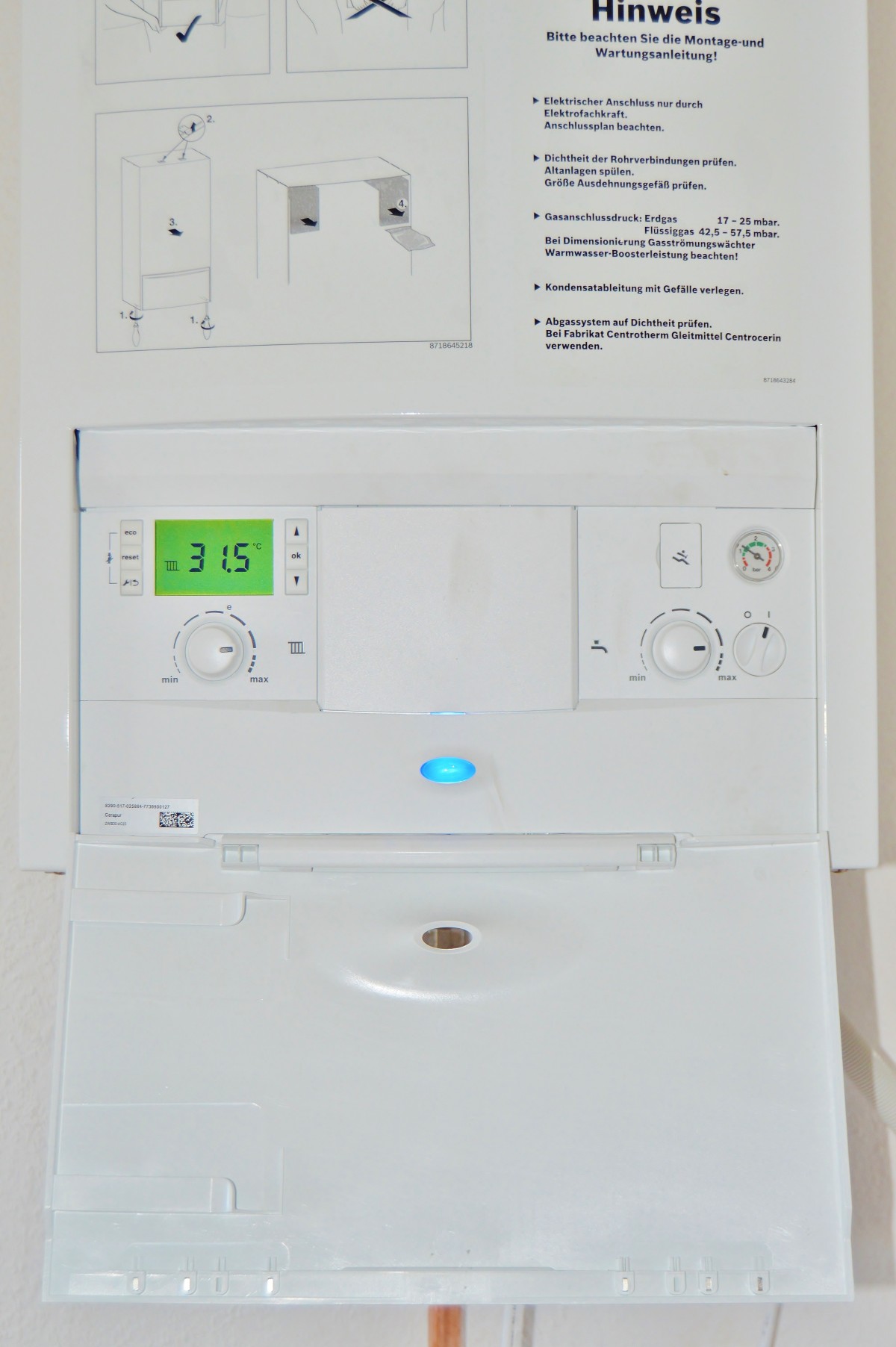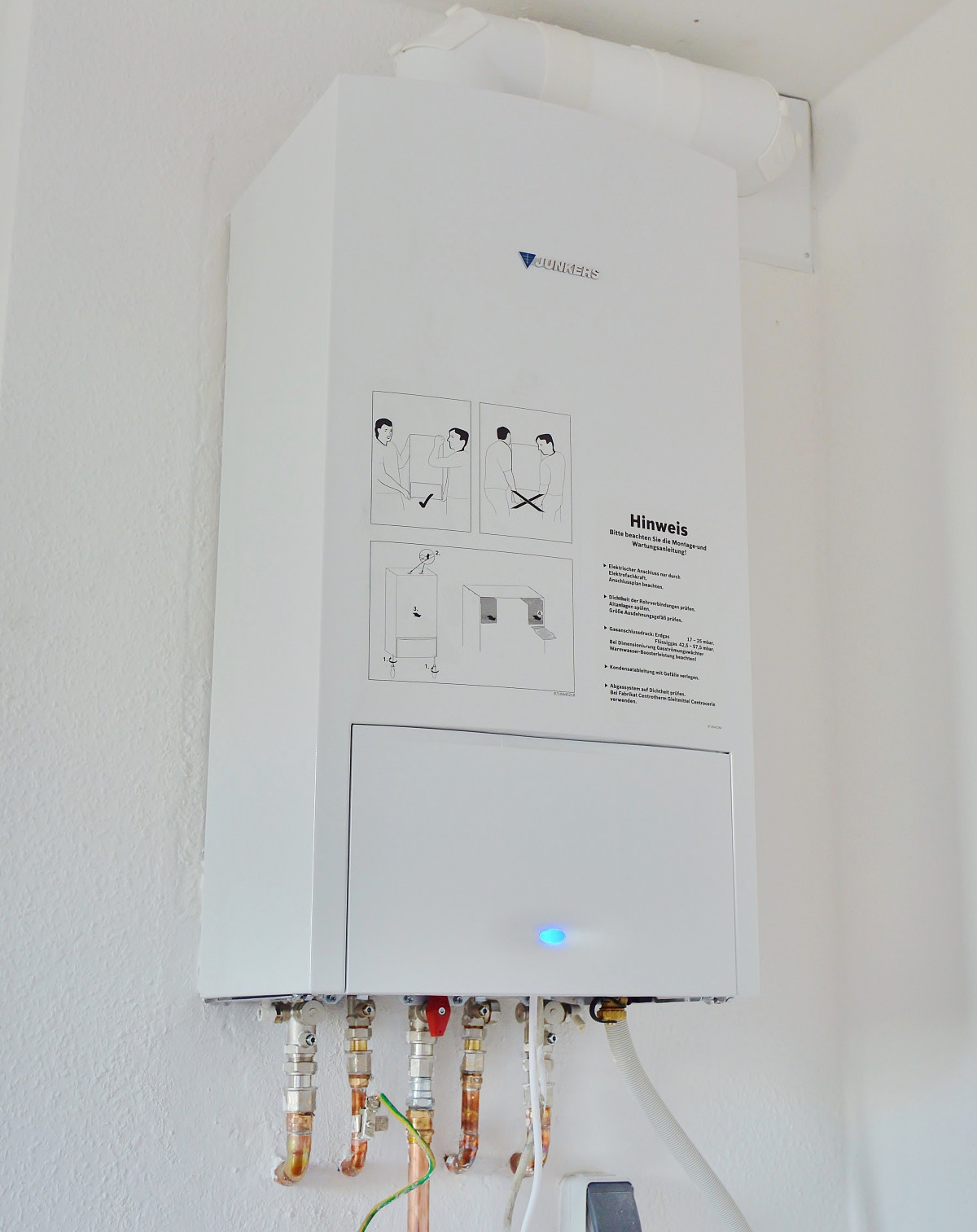6 Ways to Optimize Your Heating System
How to combine thermal comfort and energy savings?
Heaters and other heating production systems can be more efficient if they are regularly maintained and better adjusted: lowering the temperature of the water flow, avoiding overflow, fighting against scale and the presence of sludge in the pipes allow, for example, to optimize its heating production.
Here are 6 points to check on your installation for better thermal comfort.
1. Lower the flow water temperature
Turning up the heat is not the best solution. The higher the flow water temperature, the lower the efficiency of the heater.
By reducing the flow water temperature by just 1°C, you can avoid 3% heat loss in the pipes!
Our advice: Ideally, the heater should be equipped with an outdoor sensor that automatically manages temperature variations.
2. Avoid overflow
Excessive flow rates have an impact on the efficiency of heaters, especially condensing heaters. Minimizing the return temperature of the circuits at the heater inlet is essential to promote condensation. An abnormally high return temperature reduces the number of days of condensing capacity by 20%. The return temperature must be lower than the dew point temperature of the fuels: 59 °C for natural gas, 54 °C for propane and 52 °C for heating oil.
The circuits must be organized by zones and temperature levels according to the different emitters for an adequate return temperature.
3. Fight against scale
Just 1 mm of scale deposit in pipes and radiators can cause an increase of up to 9% in annual energy consumption. Prevention is better than cure!
Use specific maintenance products that, when added to the water supply of the heating system, fight against scaling. There is no need to add them yearly; they work for several years in these closed circuits.
There are also magnetic descalers that are placed on the water supply pipes. They can be found in DIY stores at prices ranging from less than $45 for simple systems such as a pair of anti-scaling devices placed on the pipes to nearly $150 for magnetic field generators.
4. Remove sludge
The clogging of pipes can be caused by micro-algae and corrosion residues of ferrous parts and scale. This clogging is detrimental to the proper operation of heating systems. There are various methods, more or less simple and expensive, to fight against this plague:
-
Periodic rinsing of your installation.
-
Treating the water with sludge inhibitors.
-
Use of electrolytic processes.
Note: With its bactericidal and oxygen-impermeable properties, copper limits sludge formation. Copper circuits, therefore, optimize the heater’s life and installation and reduce maintenance costs.
5. Make your radiators more efficient
Place heat reflectors behind each radiator. These are made of an insulator covered with an aluminum foil and reflect the heat emitted towards the room’s interior. 5 to 10% energy savings are guaranteed.
Remember to bleed your radiators once a year. The air they may contain prevents the heat from spreading throughout the heating element.
Finally, if the pipes run in an unheated area such as the basement or cellar, fit them with elastomer sleeves. That’s a lot of calories not wasted!
6. Check your room thermostat

If you have a room thermostat, check that it is still working correctly. If it is a non-programmable model, the temperature sensor should be responsible for turning the heating on or off. If it’s a programmable model, the problem with turning on the heat may be due to a change in settings.
If your thermostat is battery-operated, it may simply be time to change it!

